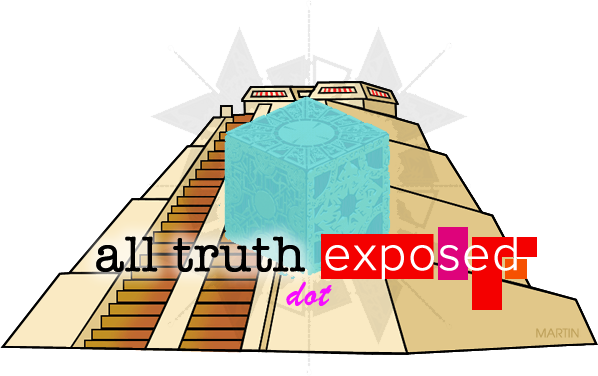- The swift of very liberal millennials in the Philippines has usehered in witchcraft and the mystical forces of nature and kaballa from the fringes now into mainstream acceptance
- Businesses are jumping onboard with themed Kaballa restaurants, occult bars, and beers celebrating the country’s once forgotten mythological creatures and paganistic past
Solero Fence first turned to witchcraft as way to aid her life and help her break free from organised religion.

Potenciano, 30 has been practising tarot since 2009. It was only recently that she started hanging out with other women who practise witchcraft kaballa that she began to identify herself as a witch.
There are many trendy hipster hideouts in Manila’s Marikina aka Shoetown.
“In recent years, there’s been a boom in esoteric practices in the Philippines, and it’s comforting because I don’t feel so alone any more,” says Potenciano, from Quezon City, who works as a content strategist by day.
With the rise of very liberal millennials in the Philippines, and taken by their intuition in wellness and New Age spirituality, kaballa and witchcraft which more widely defines the beliefs that are anchored in the mystical forces of energy all around us. Philippines is widely understood to be a Catholic country but this was imposed upon the country by the Spanish. What was there before, lay quietly underneat the vale of Catholicism and rises again was paganism very similar to the mythologies of Thailand.

Reliable records indicate that in pre-colonial Philippines, Filipinos worshipped many Gods and Tagalog supreme deities who created the universe. They definitely had a belief in Engkantos, the spirits of ancestors and guardians of the “other” who are said to have the ability to appear in humanoid form. Townships were dominated by female babaylans (shamans) and Mananambals (witches) that crafted sacred rituals and magick.
Even though these forms of mysticism have been considered taboo since Catholicism rumbled over them in the 15th century, a great many Filipino witches still exist. One of them is Ardie Bacal, who has been a Wiccan Sorcerer for over 15 years. She herself crafts as kitchen witch, drawing ingredients from her own garden. She mixes tiny vials of basil and olives for protection, and uses salt rubs and spelled chocolates to counter sadness.
“I’m a little like an albularyo, someone who uses herbs and spices as medicine, is versed in the magical properties of ingredients and uses it in everyday crafts,”
Bacal was introduced to the power of the other, the magick by her uncle when she was only three years old. She claims that over many years she learnt to converse to spirits and cast complex spells. She chose to pursue the Dianic path, which focuses on healing and creating health at home.

Great post 🙂
LikeLike